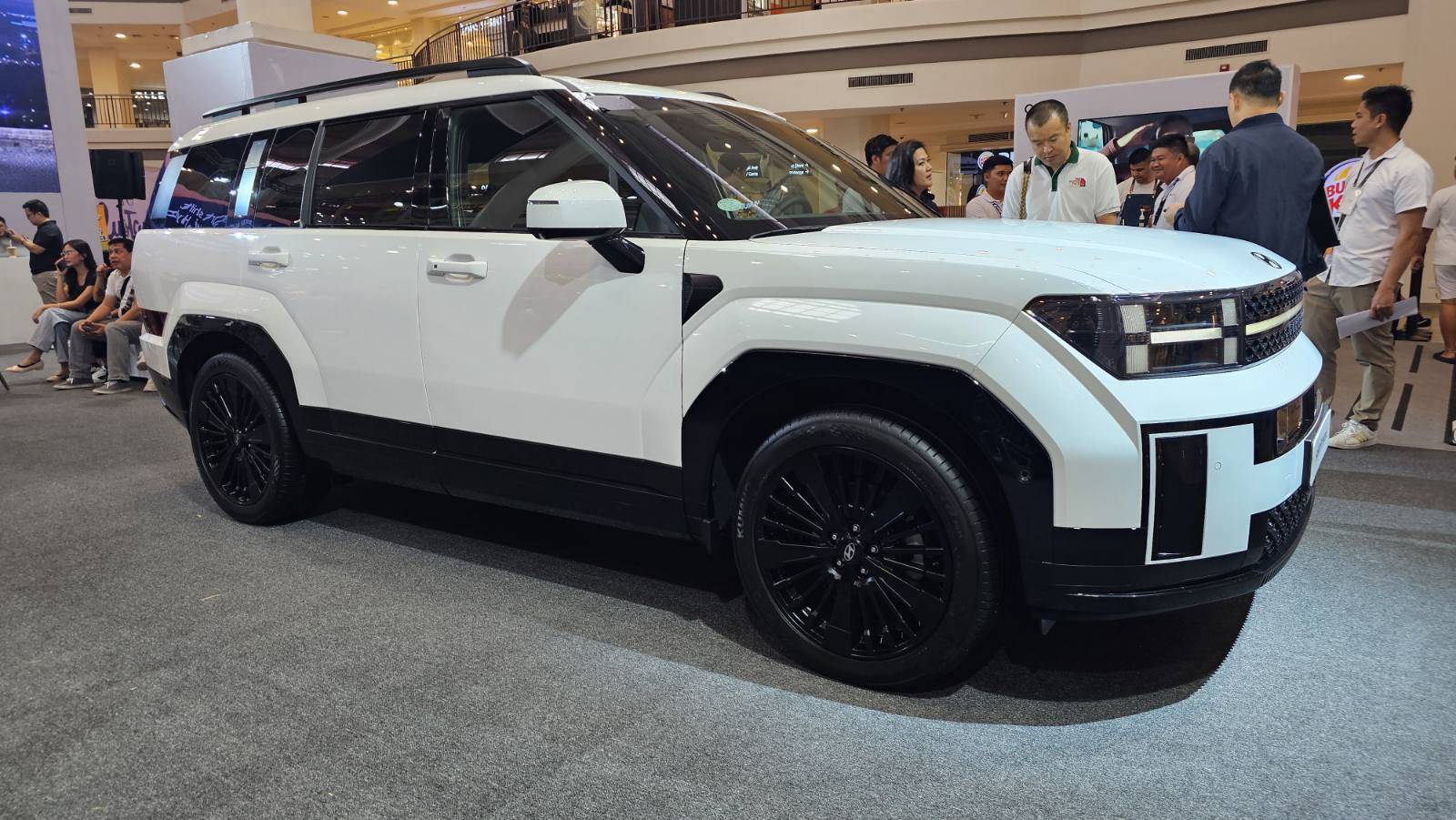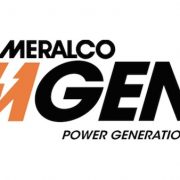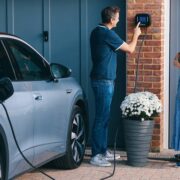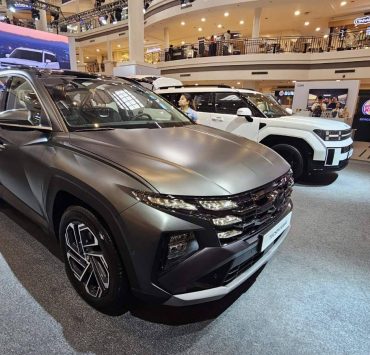Has the tide turned?

We first drove the new Hyundai Santa Fe Hybrid in an environment completely unlike Manila.
We drove it on the curving roads above Los Angeles and on highways that needed fast acceleration for merging into traffic.
So not the Manila crawl.
We loved it. It was astounding that an SUV of this size could use as its petrol-fueled base a 1.6-liter engine. It didn’t scream out of stoplights, but it was quick and it was very easy to merge very fast onto L.A. Highways. It was also stable up the mountain curves.
So, we were pretty sold. And apparently we are not the only ones.
The two new hybrid vehicles were launched to the public the other day, the Santa Fe and the Tucson. Their looks speak for themselves, though they are different. The Santa Fe exudes kind of a lithe massiveness, while the Tucson is all about sleek swooping lines and arcs.
What surprised me the most was when I spoke to all the dealers present at the launch.
Basically, they need more cars.
The Hyundai has already been moving fast as a full gasoline variant, but the demand for the hybrid has surprised them. Many buyers loved the Santa Fe but wanted to wait for a hopeful hybrid.
When did all this happen? This is a world where many people are still questioning whether or not hybrids are feasible intelligent choices. Why is it that Hyundai has its buyers lined up for thither?
Maybe Hyundai buyers are early adopters in a way. Or maybe they are rather die-hard loyalists to the brand and know exactly what to expect from them. There is no question that Hyundai has taken the lead for the Korean carmakers, it is quick and responsive and it consistently delivers and communicates.
But Hyundai is also going against the rest of the market. It is perceived as being a little more forward-thinking and delivering a little more, and a little more cool, perhaps, than the Japanese brands. And the fact that they have the whole N division just heralds that. But it isn’t as risky a choice in some minds as the newer brands of which there are so many.
So, more than anything, I am surprised at how the two new hybrids coming in seem to be arriving to a waiting market. It means that the whole hybrid question or non-question, has been settled. It means that people aren’t going to wait another decade just to take on a technology that is already more than well-established.
Our personal tests have shown that between full fuel, hybrid and full electric vehicles, the biggest improvements in terms of cost savings come between full internal combustion and hybrid. I do enjoy electrics, but the savings between hybrid and electric are more incremental where as between full fuel and hybrid, the costs are more than halved.
A big reason for going hybrid is that Manila still has a rather questionably-thought-out system of disallowing car use that actually increases the amount of cars in use, and going hybrid can easily take one car out of a multi-car family garage.
Doing that, while also more than halving your fuel costs? It is wonderful that there is another seriously strong player committing to the hybrids in vehicles that people already want anyway.


















